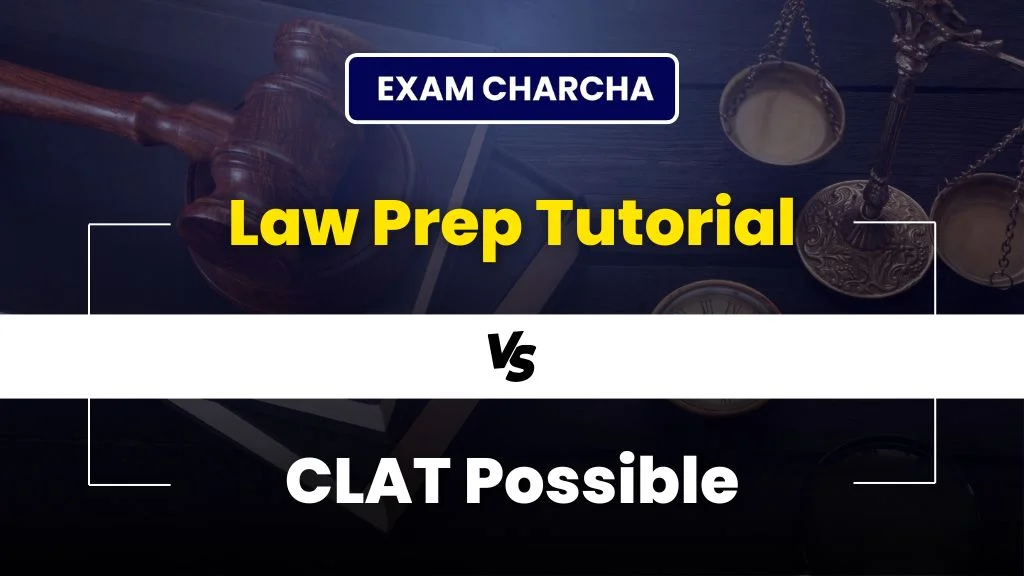While Supreme Court judgments dominate headlines, the real story of justice in India lies in the modest, crowded courtrooms of the districts. It is here that millions of citizens meet the law directly, and it is the district advocates who bear the weight of this encounter every day.
Across India, conversations about law and justice often revolve around constitutional benches of the Supreme Court or high-profile cases argued before High Courts. Yet, for the vast majority of citizens, these rarefied spaces are distant abstractions. The lived reality of justice begins—and often ends—in the dusty chambers and overcrowded corridors of district and subordinate courts. Here, the district advocate plays a role that is both indispensable and underappreciated.
According to the National Judicial Data Grid, more than 80 per cent of India’s pending cases are concentrated in subordinate courts. This staggering figure underscores a simple truth: district advocates are not just one tier of the legal profession, but the very backbone of the justice delivery system.
They are the first point of contact for citizens navigating disputes over land, tenancy, family breakdowns, employment grievances, or criminal accusations. For many litigants, the district advocate is the only lawyer they will ever engage with in their lifetime.
The nature of their work is unique. Beyond drafting petitions or arguing cases, they perform the subtle labour of translation—turning the technical language of statutes and judgments into terms that farmers, workers, and rural families can comprehend. In towns and villages, where legal awareness is minimal, the district advocate often doubles as counsellor, mediator, and sometimes even informal social worker.
Whether it is guiding a woman through the process of filing a domestic violence complaint, assisting a tribal family in securing their pahani (land record), or ensuring that an undertrial secures timely bail, these advocates bring the Constitution closer to those it was written for.
Yet their contributions rarely receive recognition. Discussions on legal reform in India tend to focus on High Courts and the Supreme Court, while overlooking the challenges at the grassroots. Many district advocates practise in courts where infrastructure remains rudimentary: leaky roofs during monsoons, libraries without updated law reports, and unreliable electricity.
The promise of “digital justice” through e-courts and video hearings has often deepened the digital divide, as lawyers in rural areas lack the training, hardware, or stable internet connections required to compete.
The economic realities are equally sobering. Young entrants into district practice often struggle to earn even subsistence incomes in their first few years. Without stipends or structured mentorship programmes, many abandon litigation for more secure jobs in corporate law or government service.
Those who remain do so out of resilience and a belief in the value of courtroom practice. Their perseverance, however, comes at personal cost—financial uncertainty, lack of work–life balance, and in some cases, limited social recognition.
Despite these hardships, their work carries constitutional significance. Article 39A of the Constitution obligates the state to provide access to justice for all, irrespective of economic or social conditions.
In practice, however, legal aid services remain overburdened and underfunded. It is the district advocate who frequently steps in to bridge this gap, offering affordable—or sometimes free—representation to those who cannot otherwise afford it. In countless rural and semi-urban areas, these advocates perform the role of public defenders without official designation.
To forget their contributions is to risk hollowing out the foundations of our democracy. The Indian legal system cannot stand merely on the brilliance of a few senior advocates in metropolitan cities; it depends, above all, on the tireless work of those who argue in small town courtrooms, juggle multiple hearings across tehsil courts, and draft petitions late into the night in dimly lit chambers. They are the foot soldiers of the rule of law, holding the fort against chaos and lawlessness.
The way forward requires structural reforms. Providing stipends or minimum assured incomes for junior advocates would not only stabilise their early careers but also ensure that talented lawyers remain in litigation. Investing in court infrastructure in smaller towns—digitised filing counters, proper libraries, and functional technology—would dramatically improve efficiency.
Equally important is the need for capacity building: digital literacy programmes and legal research training tailored for district advocates would help them thrive in a rapidly modernising legal landscape.
There is also a cultural shift needed in how the legal community and society at large perceive district practice. Media narratives must move beyond glorifying only the “big cases” argued in Delhi or state capitals. Journals, law schools, and bar associations should celebrate the stories of district advocates who have secured justice in seemingly small but profoundly impactful cases.
A contested divorce resolved without acrimony, a land dispute settled after decades, or a wrongly accused undertrial finally acquitted—these victories may not make front-page news, but they are the lifeblood of constitutional justice.
In recent years, much has been written about the Supreme Court as the “sentinel on the qui vive.” This metaphor is apt, but incomplete. If the Supreme Court is the sentinel, then the district advocates are the sentries stationed across the vast frontier of India’s justice system. Their watch is daily, their battles are numerous, and their sacrifices remain invisible.
The health of India’s democracy depends not only on constitutional doctrines debated in appellate courts but equally on the accessibility, affordability, and humanity of justice in the district courts.
Recognising and empowering district advocates is no longer a matter of professional pride; it is a constitutional necessity. To strengthen them is to strengthen the very foundations of the rule of law.
If the Supreme Court is the sentinel of justice, the district advocate is its foot soldier. Forgetting them is forgetting the Constitution itself.

Author: Abdul Kaleem is an advocate practising at Adilabad District Court, Telangana. More at abdulkaleem.info.



